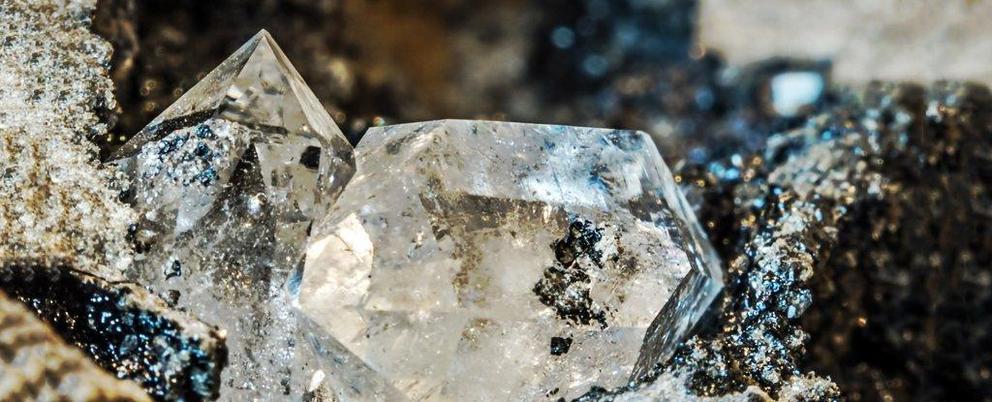There are over a quadrillion tons of diamonds lurking 100 miles below the Earth's surface, according to scientists
Diamonds are less rare than you probably thought.
- Scientists used sound waves to uncover a cache of more than a quadrillion tons of diamonds deep below the Earth's surface.
- The diamonds are in the bottom of geological formations called cratons, which are basically inverted mountains below the Earth's surface.
- They're about 100 miles below the Earth, far deeper than any drills are capable of reaching.
That diamond on your wedding ring isn't as rare as you might think.
Using sound waves, scientists uncovered a cache of diamonds distributed deep below the Earth's surface, and it amounts to over a quadrillion tons of the precious mineral. (Yes, you read that right.)
That's according to a new study published by a team of researchers from MIT, Harvard, and the University of California at Berkeley, among other top-tier institutions.
"This shows that diamond is not perhaps this exotic mineral, but on the [geological] scale of things, it's relatively common," said Ulrich Faul, a research scientist in MIT's Department of Earth, Atmospheric, and Planetary Sciences who helped write the study. "We can't get at them, but still, there is much more diamond there than we have ever thought before."
The diamonds are in underground rock formations called cratons, which are shaped like inverted mountains, lie at the center of the planet's tectonic plates, and can stretch up to 200 miles into the Earth, according to MIT.
The researchers estimate that the bottom sections of these cratons, or roots, may be composed of 1-2% diamond.
Looking for diamonds with seismic data
You might be most familiar with how records of seismic activity — sound waves traveling through the Earth — are used to record earthquakes.
Scientists also use seismic data to reveal what the deepest parts of the Earth are composed of and paint a picture of what the inside of the planet looks like.
Sound waves travel at different speeds depending on the composition, temperature, and density of the rocks and minerals they travel through, giving scientists a method to estimate what types of rocks are below the Earth's surface by comparing the velocities of these sound waves, according to MIT.
The researchers found that these sound waves tend to speed up when passing through the cratons' roots — much faster than they had previously thought.
After conducting a series of experiments in the lab where they sent sound waves through different rocks, the researchers found that only rock containing 1-2% diamond, among other components, could produce the velocities recorded in the cratons' roots.
To estimate the total mass of diamonds in the Earth, the researchers assumed cratonic roots were 1-2% diamond and combined that with the total volume of cratonic roots distributed throughout the Earth. The number they came up with was 10 16 tons of diamonds, or more than 1,000 times more than previously thought.
"We went through all the different possibilities, from every angle, and this is the only one that's left as a reasonable explanation," Faul said.
The diamonds, however, are impossible to mine — they're 90 to 150 miles below the Earth's surface, far deeper than any drills are capable of reaching.

